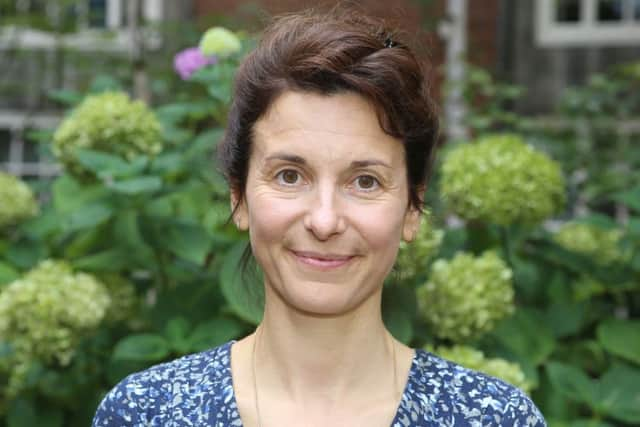New study to examine effects of '˜broken heart syndrome'


After being awarded a prestigious grant, researchers will be able to study thhe untreatable condition, often confused with a heart attack.
Acute stress induced cardiomyopathy, sometimes referred to as ‘broken heart syndrome’, is triggered by stress and often follows an episode of major stress such as bereavements, involvement in an accident, or divorce - giving rise to its alternative name,
Advertisement
Hide AdAdvertisement
Hide AdWhile sufferers experience heart attack-like symptoms, investigations have revealed that the heart muscle is weakened but there is no blockage in the coronary arteries.


Originally it was thought the condition only lasted a day or so, but a previous University of Aberdeen study showed sufferers still felt the effects up to four months later.
The upcoming study, led by Dr Dana Dawson, will investigate previous sufferers of the disease in an attempt to explore the longer term impact of the little understood condition.
Dr Dawson, a Senior Lecturer in Cardiovascular Medicine at the University of Aberdeen and Consultant Cardiologist at Aberdeen Royal Infirmary, said: “Whilst the condition was originally thought to be self-limiting, we were surprised to see that, later, patients still lack energy, or are unable to return to work.


“There are also reports from other groups that these after-effects continue to linger with sufferers - albeit in a non-specific way. It’s difficult to say definitively with the current knowledge what is wrong with them.
“At the moment, we believe the condition is underdiagnosed because many front door physicians don’t consider it as a possibility. Certainly we feel the number of cases diagnosed is far smaller than the real amount of sufferers.”
Every year the British Medical Association (BMA) awards research grants in ten different fields, (cardiovascular, neurology, surgery, infectious diseases, etc). This year Dr Dawson received the Josephine Lansdell grant for heart disease to continue her team’s work into the condition.
“We will recall many of the previously diagnosed patients and hope to examine thoroughly to what extent their hearts have recovered. Do they ever recover fully? Do they remain at an intermittent level of recovery, explaining why they couldn’t do what they did before? Or is it a psychological issue?
Advertisement
Hide AdAdvertisement
Hide AdDr Dawson’s team will implement a number of in-depth tests in order to fully understand the extent of the long term effects of the condition.
“Supported by the grant from the BMA we will look at the energetics of the heart with sophisticated magnetic resonance imaging, then using a state-of-the-art cardio pulmonary exercise test which measures the gas exchange and the ability of the heart and body to participate in physical activity. In doing that we are able to determine whether someone is not able to exercise to the level they should be as expected for their gender and age, and establishing whether it’s because of the heart, lungs or because they’re deconditioned and can’t get to the level that they should be able to reach.